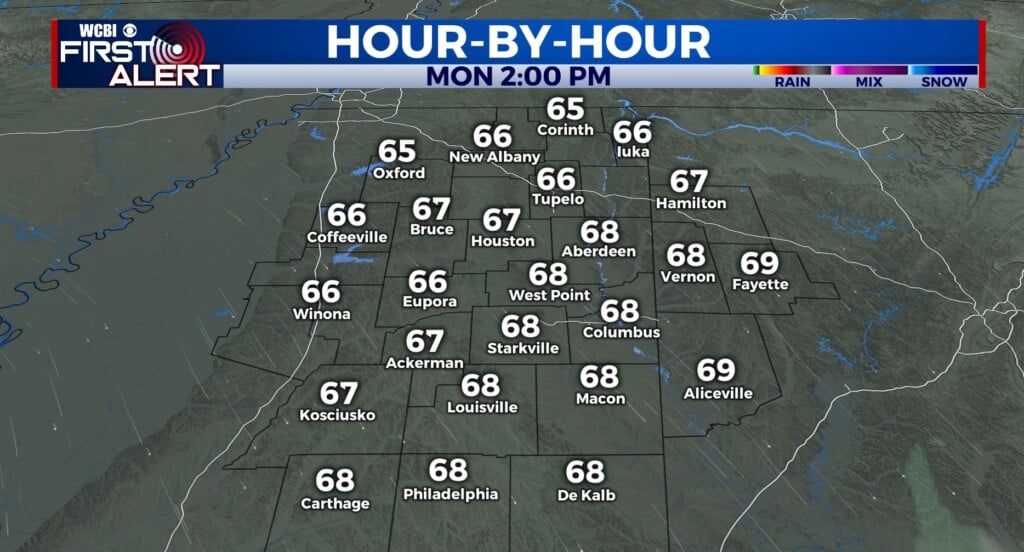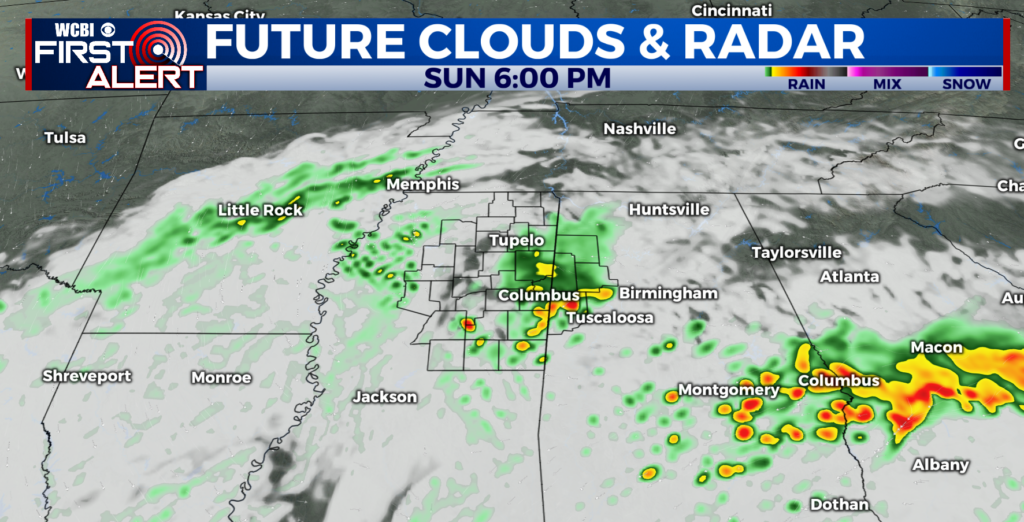COVID-19 is changing how we spend. Here's what people are buying
America’s culture of consumerism took an unexpected detour along with the coronavirus pandemic. As stay-at-home orders spread across the U.S., shoppers opened up their wallets to buy products ranging from the comforting to the indulgent.
In the broadest sense, shopping data show, two concerns seem to be driving much of what consumers are buying during the health crisis: Fear of vital supplies running out and, relatedly, the challenge of being cooped up at home for months on end. In practical terms, that means more toilet paper, more food and — with bars shuttered — more liquor.
The initial flurry of spending spiked in mid-March and remains elevated, leading to continuing shortages on store shelves. But Americans are also turning to projects like home improvement and gardening, undertakings that offer a sense of control in a wildly uncertain time.
“It’s a changed world,” said Anne-Marie Roerink, principal and founder of marketing research company 210 Analytics. “I call it ‘in-sourcing.’ People are fascinated by doing things themselves.”
Seeds are in short supply because consumers are turning to vegetable gardens, while others are buying baby chicks to raise egg-laying hens. And “there is a huge surge in bread machine makers and in everything that goes into bread,” Roerink noted. That’s why bakers, both experienced and newbies, are finding it hard to find yeast, flour and other supplies.
Although the panic buying of mid-March has died down, the federal stimulus payments that started hitting taxpayers’ accounts in mid-April may spark another round of buying, especially among lower-income Americans.
Households earning less than $50,000 “appeared to stock up first, and also pull back the hardest as the rest of March played out,” said Bill Parsons of data analytics firm Envestnet Yodlee. That could be due to lower-income workers feeling the initial impact of furloughs and layoffs, he added. In the past six weeks, about 26 million workers — or 1 in 6 — have filed for unemployment benefits.
“People are in their homes and still buying stuff, but what they’re buying is starting to charge,” said Alex Timlin, senior vice president of verticals at data company Emarsys.
As the coronavirus changes American near-term shopping habits, the long-term impact on consumption could be far more profound. Even as infections level off, experts predict that the outbreak will leave a deep mark on everything from travel and restaurants to shopping at brick-and-mortar stores.
Emptying the freezer aisle
One hot item, for example: frozen food. “Initially there was a little bit of panic: ‘Is there going to be enough food? I want two to three weeks of backup in my pantry and freezer’,” Roerink said.
But sales of frozen food remains elevated compared with pre-pandemic levels, which suggests that consumers are gobbling up their frozen pizzas and going back for more.
“Everyone’s freezers are full,” she added.
All frozen food categories saw double-digit increases in sales last month, with purchases more than doubling for items like frozen pizza, meat, potatoes and vegetables, according to an analysis from 210 Analytics and the American Frozen Food Institute.
That’s sparking demand for chest freezers, with one New England appliance chain saying they sold out and have the devices on back order, according to the Salem News.
CBD and whiskey
Cannabidiol, or CBD, is also seeing increased demand, said Alex Timlin, senior vice president of verticals at marketing technology company Emarsys. CBD is used by consumers to treat a number of ailments, including anxiety and pain.
“We’re seeing a couple of hundred percent [increases],” he noted. “You have CBD oil, natural remedies and supplements.”
Alcohol sales are also on the rise, according to Facteus, which analyzes consumer payments data. Beer, wine and liquor store sales spiked last month as restaurants and bars closed amid widespread state orders to shut businesses.
Relatedly, online tastings are growing in popularity as drinkers look for companionship, said JC Stock, founder of the subscription service Shots Box, which mails craft spirits to subscribers. He said his company’s sales have surged 190% since the pandemic.
“You can’t drink at bars, but you’re able to connect with distillers and bartenders through Meetup groups or Zoom, just consuming and making drinks together,” he noted. Whiskey has been particularly popular, possibly because you can make many types of drinks with it or drink it straight, he added.
Animal Crossing, anyone?
With millions of Americans in search of entertainment while they hunker down, it’s no surprise that video game sales doubled in each of the first three weeks of April, according to Facteus. Among the beneficiaries is Nintendo, whose Switch console can be even harder to find these days than toilet paper.
That’s thanks partly to the game Animal Crossing becoming a cultural sensation during the pandemic. To be sure, Nintendo Switches are available online — but sellers are asking almost double its retail price of $299, leading to complaints about price gouging.
Chocolate chips — but hold the gum
Consumers are also changing the types of snacks they’re purchasing during the pandemic, Hershey Co. CEO Michele Buck said in a conference call last week. Sales of Hershey’s Syrup, baking chips and cocoa jumped by 30% last month as families turned to baking at home, she noted.
But the confectionary company reported a few sour notes, including declines of 40% to 50% for its gum and mint products. Why? First, consumer visits to convenience stores are down as fewer Americans are on the road and filling up at gas stations. But she also blamed social distancing: No need to freshen your breath if you’re at least six feet from other people.
Stress spending
Americans are also indulging in stress spending, according to a new survey from Credit Karma. More than one-third of Americans polled by the financial services firm admitted to making impulse purchases to deal with coronavirus-related stress, it found.
And almost 1 in 5 said they’re spending more now than they were before COVID-19 struck. The reason? Nearly all stress spenders blamed stay-at-home orders for their overspending.
The biggest category for overspending is groceries, but respondents also said they’re spending more on food delivery, pet food, personal care products, alcohol and children’s toys and games.
With reporting by Irina Ivanova.





Leave a Reply